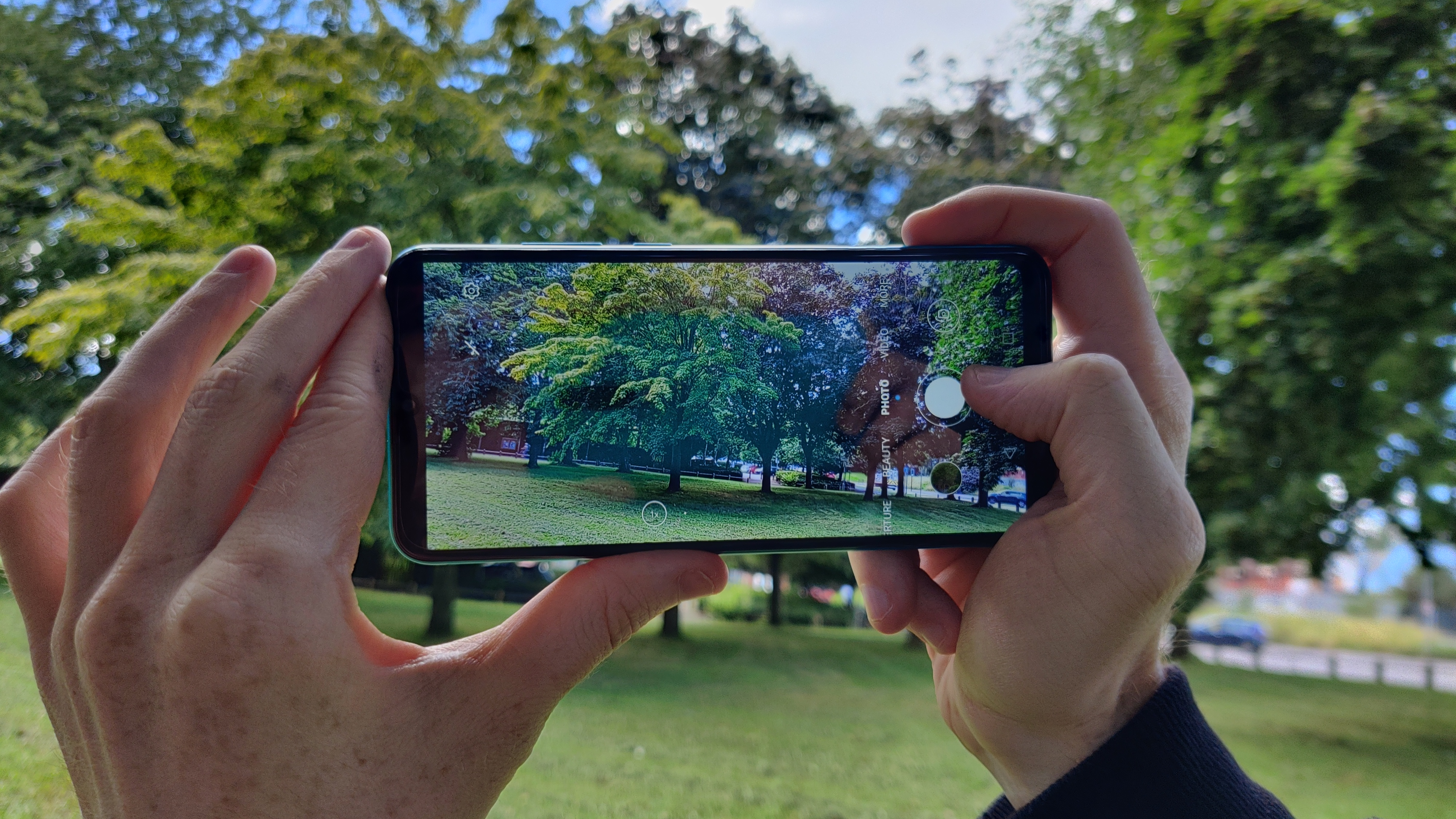More megapixels vs larger sensors vs larger pixels: What makes a better phone camera
More megapixels aren’t everything, here’s why

Whether you’re a photography hobbyist, a frequent social media sharer or are just passionate about capturing those little moments in life for your own memories, you’ll want a phone camera that can keep up with your needs.
Nowadays, camera quality is a real focal point for the smartphone market, with some of the best camera phones boasting feature-filled snappers with increasing megapixel counts and pixel sizes, as well as larger sensors.
That’s leading to a split in camera styles: manufacturers like Realme and Motorola offer increasingly large megapixel counts, while brands like Sony and Xiaomi offer more on the sensor size.
So, which is more important when shopping for a camera phone?
Why does sensor size matter?
The one fundamental aspect all photography hinges around is light capture, which is exactly why sensor size is so important.
The sensor, which is actually made up of many small light sensors known as photosites, captures light photons, which are converted into electrical signals and ultimately your final image. Larger photosites can gather more light and produce less noise, which makes bigger sensors better at low-light photography
Smaller sensors, by contrast, tend to densely pack together smaller photosites, which creates more noise and impacts the sharpness of your image. But while smartphones do have smaller sensors than DSLRs and mirrorless cameras, they're increasingly overcoming this disadvantage by combining information from multiple frames (otherwise known as computational photography).
Sign up for breaking news, reviews, opinion, top tech deals, and more.
We’ve explained sensor sizes in-depth if you want to learn more.
Why do megapixels matter?
Megapixels (or MP, roughly one million pixels each) have become somewhat of a marketing buzzword in camera phones. As mentioned above, photosites are important in that they capture light to be turned into data (as pixels), creating an image.
Each pixel can only convey so much data, however, meaning the more pixels, the higher resolution the resultant image can be (which in turn usually means more data to process along with the potential for a more detailed final image.
What many people don’t realize when opting for a larger MP count is that ideally the sensor should get larger too, otherwise more pixels will be crammed into the same sensor surface area. In order for that to work, the pixels themselves must then be made smaller.
Then arises the next challenge - noise. All pixel sizes will pick up good and bad data, but larger pixels will gather more usable signals and therefore produce clearer images, while smaller pixels will result in noisy and grainy images, as each photosite struggles to capture enough light.
Which is more important, megapixel count or sensor size?
While sensor size, MP count and pixel size are all important, the success of a smartphone camera ultimately hinges on a combination of the sensor size and the quality of the image processing.
Looking at some of our favorite camera phones we’ve tested, the running theme is more often larger sensors in combination with larger pixels than tightly-packed high MP-count cameras. However, high megapixel phones have increasingly closed the gap thanks to a process called 'pixel binning', which combines the information from adjacent photosites to help them perform like lower megapixel sensors in low light.
Prior to the recent popularity of 'pixel binning', the mid-2010s rush to offer massive MP counts was quickly replaced with most flagship phones bringing 12MP sensors as standard, with increased sensor and pixel sizes giving some increasingly impressive computational photography techniques lots of high-quality image data to work with.
This is also why some dedicated digital cameras with lower MP counts will generally outperform smartphone image quality, as the bigger sensor can absorb more light and offer a more powerful image.
There are some workarounds if you choose not to buy a phone with a large sensor - if you’re using a tripod to reduce hand-shake, you can probably get away with a smaller sensor paired with longer exposure times, but there’s still the problem of movement in the frame which will impact the clarity of your image.
Plus, rapid developments in computational photography mean that we might see less of a dependence on both the sensor and megapixels in future camera phones, anyway. Software and post-processing are becoming increasingly capable at improving and adapting our digital photography, but fundamentally cameras will always need a hardware backbone to capture usable shots.

Josephine Watson is TechRadar's Managing Editor - Lifestyle. Josephine is an award-winning journalist (PPA 30 under 30 2024), having previously written on a variety of topics, from pop culture to gaming and even the energy industry, joining TechRadar to support general site management. She is a smart home nerd, champion of TechRadar's sustainability efforts as well and an advocate for internet safety and education. She has used her position to fight for progressive approaches towards diversity and inclusion, mental health, and neurodiversity in corporate settings. Generally, you'll find her fiddling with her smart home setup, watching Disney movies, playing on her Switch, or rewatching the extended edition of Lord of the Rings... again.